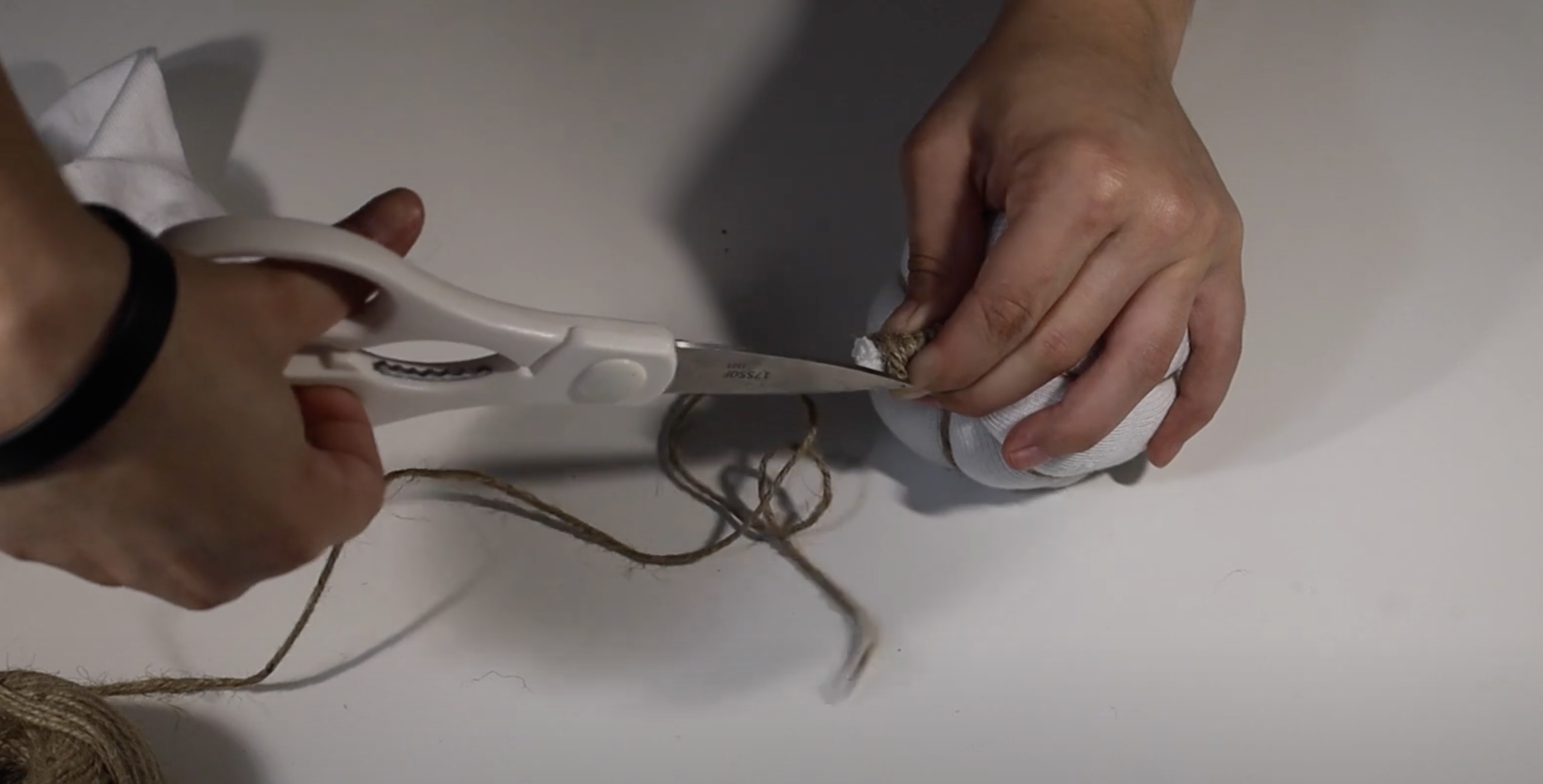3d modeling to cover designing
Challenges I Overcame When Designing a Cover for Popular Mechanics Magazine
Learn how I went step by step to creating a hypothetical problem-solving solution to the Washington Bridge situation that affects East Providence, RI and surrounding areas.
An Executive Summary of The Project

For an assignment, I was tasked to create a magazine cover for a magazine publisher which would have an emphasis on an object / idea composite created via C4D (Cinema4D). The goal of my cover design is to draw the emotions out of individuals and grab their attention to a serious issue / inconvenience taking place in RI & surrounding areas affected by the Washington Bridge closure. The challenge required me to get a fully in-depth view of how many people are affected by the ongoing traffic issue and come up with a real-life solution to put into play. This case study showcases how I went through these steps, ensuring that my cover rightfully serves it’s purpose.
I chose to design my cover for Popular Mechanics, an American print & online magazine that publishes articles based on home improvement, technology advancements, science, and automobile maintenance.
Problem
- Traffic / congestion in Rhode Island
- Car repair & maintenance costs due to car idling
- Increased agitation and frustration in people
Solution
- A creative, not-hypothetical flying car concept design
- Magazine cover geared towards Rhode Islanders & locals
- Flying car proposed to skip traffic and create peace of mind
Challenge No. 1
Not Designing a “Thing”
The challenge was to come up with an idea of something we would like to 3D model with the research of trending news stories to use as inspiration. We were tasked with not just making a “thing,” in the software but to create something that would ultimately become a solution to an existing problem. I chose to do my cover magazine design on an issue that personally affects me, which is the robust amounts of traffic that I sit in daily with thousands of others while trying to cross the Washington Bridge to get to my destination.


Challenge No. 2
Creating a Concept With a Value Proposition
Initially, I wanted my design concept to accurately portray bumper to bumper traffic, but upon being additionally tasked with creating a value proposition, I set out to start sketching flying cars and deeming them as a solution to this problem. Then, with that idea approved I was tasked with wire-framing varieties of cover examples to go over and look at, as well as to iterate and add more detail into my concept.


Challenge No. 3
Maintaining The Popular Mechanics Magazine Aesthetic
Another challenged I ran into was trying to keep the same style as the existing Popular Mechanics magazines (vintage/retro feeling, color pallets, etc.) and re-creating their old logo. To do so, I had to find a similar typeface to theirs and put it together to have the same look and effect as their original one.
Popular Mechanics Inspiration


How Graphix Pulse Helped
- Proposing a realistic solution
- Creating a value proposition
- Catering to target audience emotions
The first FAA (Federal Aviation Administration) certified flying car, developed by Alef Aeronautics and backed by Tesla has stated that their release date will be some time in 2026. That information is what inspired me to make this magazine cover– along with the huge amounts of traffic that I, and thousands of others sit in every day trying to commute across the Washington Bridge.
I decided to use the emotions of my target audience as my key factor in this magazine cover design. The illustration and thought of a flying car coming soon to help individuals overcome the burden of traffic will provide hope, and maybe humor some people as well. My magazine’s value proposition is:
“Skip “All That” traffic on the bridge and arrive to work fashionably on time with the first flying car expected to launch in Rhode Island next month. Save big on gas and repair costs as soon as you can.”
The final composite
This magazine cover design was made possible with the help of the following:
- Cinema4D
- Adobe Photoshop
- Google Chrome (Inspiration)
A general timeline – 25hrs.
The 3D rendering of the flying car and the road together took a total of roughly 20 hours.
Between recreating the old Popular Mechanics billboard logo, finding textures and looking at inspiration, and determining how to treat the typography– putting together the magazine cover itself took around 5 hours total.










